More and more cat parents are turning to DIY solutions for their feline’s diet—but are you really making homemade cat food the right way? If you're searching for home made cat food recipes how to make them properly, this guide is for you. Creating balanced, nutritious meals at home can be rewarding—but it’s also something that requires a bit of science (and a lot of love).
 Why Choose Homemade Cat Food?
Why Choose Homemade Cat Food?
Homemade cat food can offer several benefits:
-
Better ingredient control – no fillers, by-products, or artificial additives.
-
Freshness – know exactly what’s in every meal.
-
Customization – ideal for cats with allergies or special dietary needs.
However, it’s essential to remember: cats are obligate carnivores. They need very specific nutrients that must be included in their food.
Basic Nutritional Requirements for Cats
When preparing homemade food for your cat, be sure to include:
-
Animal protein: Chicken, turkey, beef, or fish.
-
Taurine: A vital amino acid found in raw meat and organs.
-
Fat: Necessary for energy and coat health.
-
Calcium and phosphorus: From bone meal or eggshells.
-
Vitamins and minerals: Consider a vet-approved feline supplement.
💡 Tip: Never feed your cat food that includes onions, garlic, chocolate, or bones that can splinter.
Easy Homemade Cat Food Recipe
Chicken & Pumpkin Mix (Vet-Approved)
Ingredients:
-
1 cup cooked chicken (shredded)
-
1 tbsp cooked pumpkin (puree)
-
1/4 tsp taurine supplement
-
1/2 tsp fish oil
-
1/2 crushed eggshell or calcium powder
Instructions:
-
Mix all ingredients in a clean bowl.
-
Ensure everything is finely chopped or shredded.
-
Serve at room temperature.
-
Store leftovers in the fridge for up to 2 days.
 Frequently Asked Questions
Frequently Asked Questions
Can I switch my cat to homemade food overnight?
No. Transition gradually over 7–10 days to avoid digestive upset. Mix increasing amounts of homemade food with their regular food.
Is raw meat safe for cats?
Raw diets are popular but can carry bacteria like Salmonella. If feeding raw, follow strict hygiene and consult a vet to ensure balance.
What if my cat is a picky eater?
Start with their favorite protein, and add variety slowly. Texture and temperature matter—some cats prefer food slightly warmed.
How do I know if the homemade diet is balanced?
You should consult your vet or a pet nutritionist. Homemade meals can lack vital nutrients without the right ratios or supplements.
Final Thoughts
If you're exploring home made cat food recipes how to make them safely and effectively, you're on the right track. Homemade cat food can be healthier and more satisfying for both you and your furry friend—if done correctly. Always ensure you're offering balanced meals, monitor your cat’s weight and health, and don’t hesitate to consult a vet for personalized guidance.
Helpful Notes
-
Use stainless steel bowls to avoid bacteria buildup.
-
Freeze meal portions for convenience.
-
Watch for signs of nutritional deficiencies: dull coat, lethargy, or poor appetite.

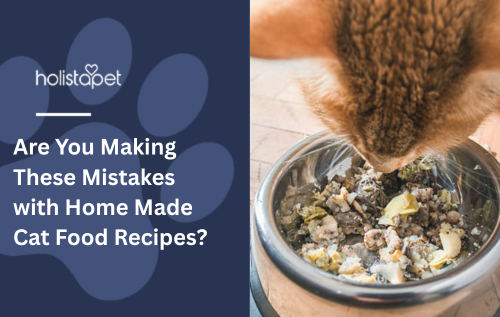
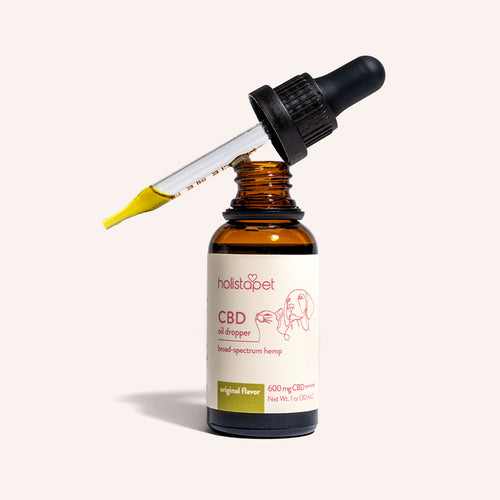 CBD Oil for Cats - Fast Acting
CBD Oil for Cats - Fast Acting
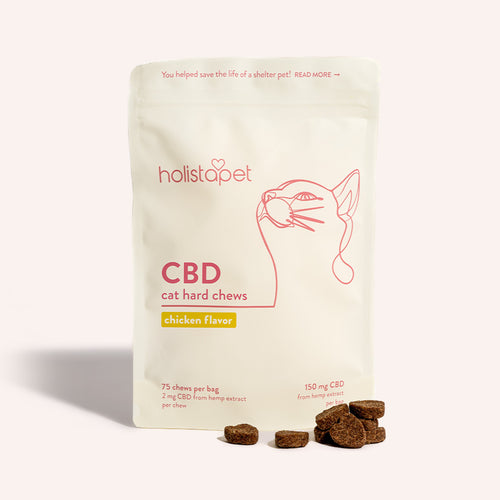 CBD Cat Treats - Easy Dose
CBD Cat Treats - Easy Dose
 CBD Calming Chews for Cats - Highly Rated
CBD Calming Chews for Cats - Highly Rated
 CBG Oil for Dogs and Cats - Loved by Thousands
CBG Oil for Dogs and Cats - Loved by Thousands


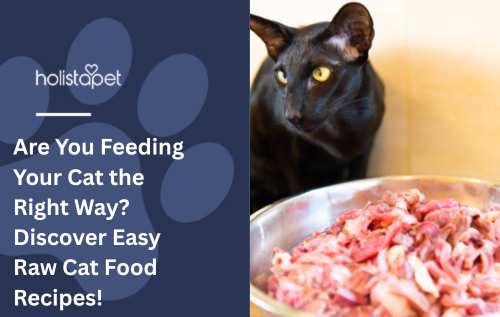
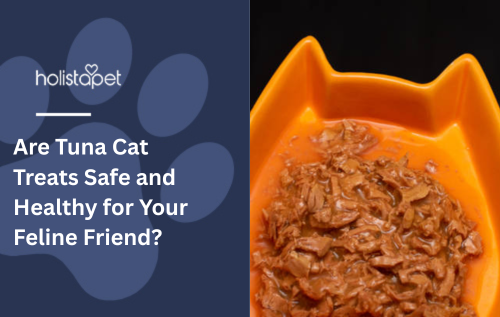

Leave a comment
This site is protected by hCaptcha and the hCaptcha Privacy Policy and Terms of Service apply.